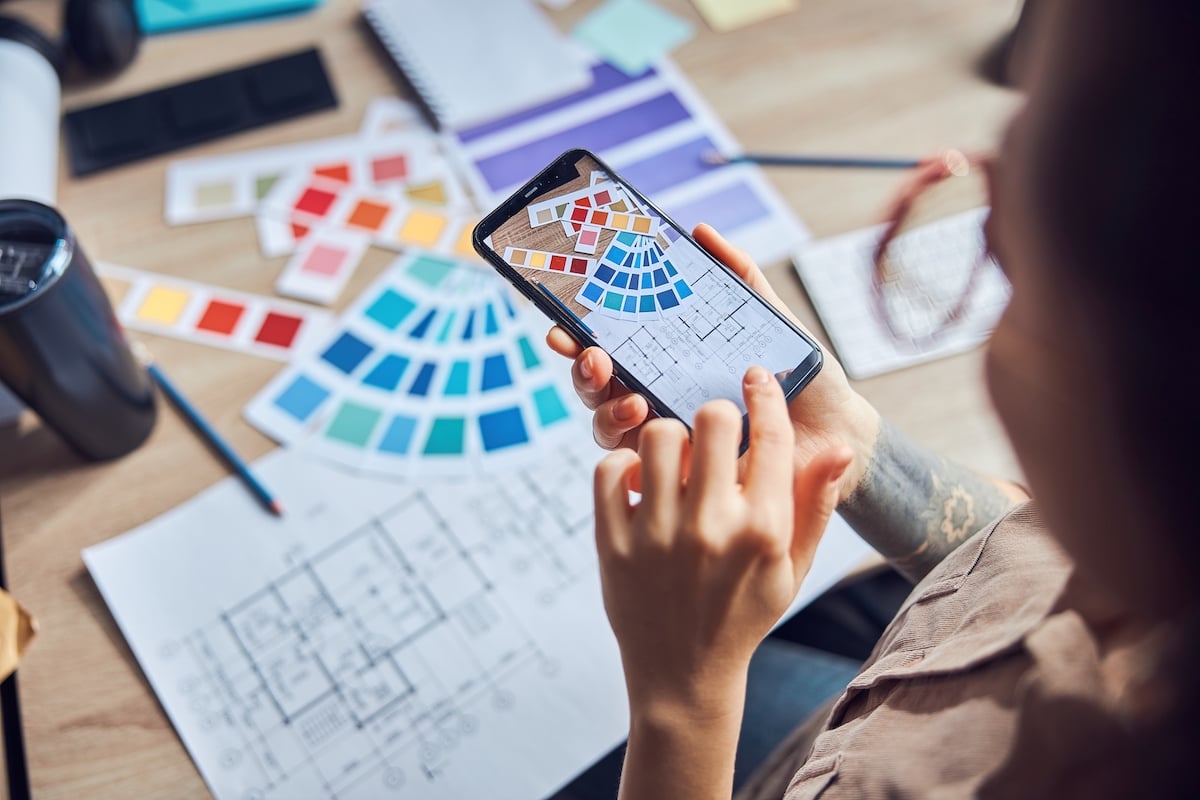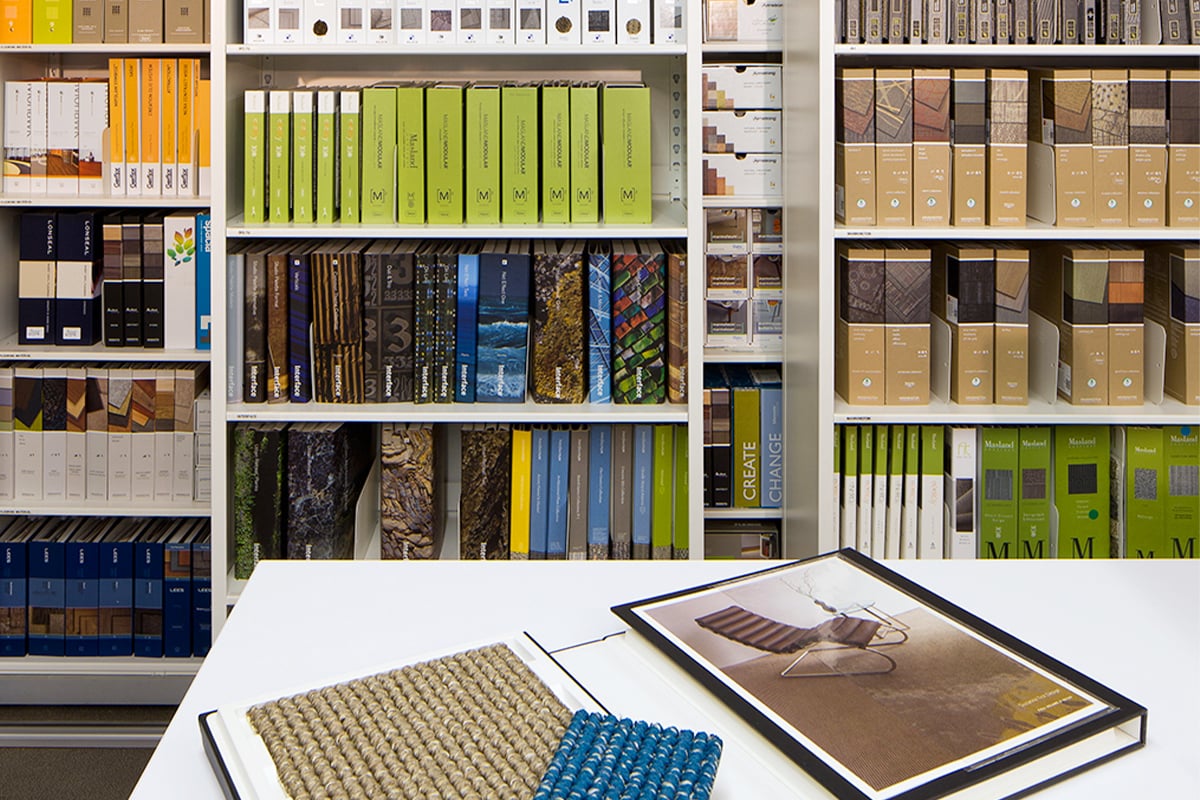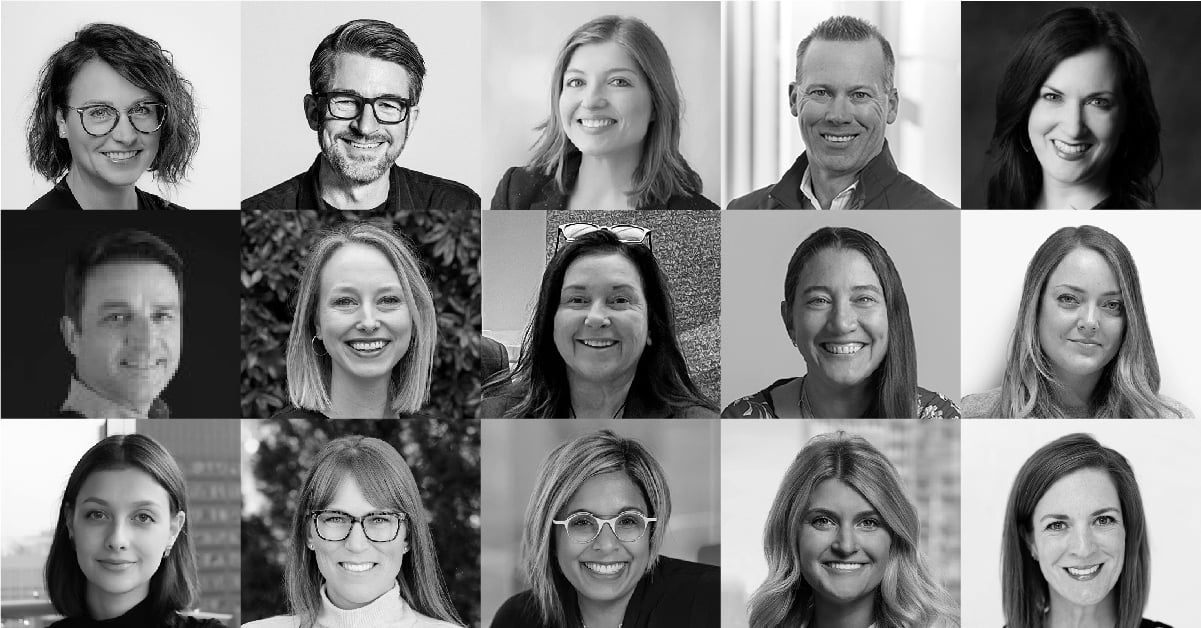
The workplace culture in the United States has shifted. While salary was the primary driver for past generations, today’s workers want a workplace they enjoy. Specifically, a study by Lexington Law found that 60 percent of Americans would take a job they love for a pay cut up to half their current salary. Perhaps that’s because Americans are twice as likely to value personal interests, benefits, company culture, and growth opportunities over salaries.
When looking at the role these attitudes play in attraction and retention, it becomes clear that the very concept of work has shifted. Work used to be a noun, but now it’s a verb—we can work anywhere; it’s not just a place we go. This means that the physical workplace has even more pressure than before to aid in attraction and retention, and it explains why the design of the workplace has transitioned into one of the most powerful tools an HR department can leverage. And what better place to source inspiration for this workplace than from insights of the next generation that will occupy it?
Foster a positive workplace culture through design
TINYpulse recently released its 2019 Employee Engagement Report, which found that less than one-third of people believe their company has a strong culture. And while workplace culture largely is driven by leadership with a trickle-down effect, the design of the workplace also can promote a positive workplace culture.
In terms of workspace, simple design choices can make all the difference. Remote work is on the rise, which means time spent in the office must offer the opportunity to network. Speak to the next generation of workers by creating dedicated coworking spaces that foster collaboration, interaction, and movement. Specifically when it comes to designing for Gen Z—which includes anyone born after 1997—Bernice Boucher, managing director of JLL Consulting as well as its workplace strategy lead, suggests taking inspiration from college campuses.
“What’s happening on the campus level that can help workplace designers get ahead of the curve on this next generation of workplace talent?” questions Boucher. “If you haven’t already done so, it’s time to drop the outdated notion of boxy cubicles and one-size-fits-all offices or cubicles. New graduates are not coming from a place where they’ve had to sit in one place all day, and they won’t be inspired if every place looks the same. They’re used to a campus full of interactive, tech-enabled spaces to choose from and will demand the same at work.”
A Hay Group (now Korn Ferry) study found that companies with a greater engagement saw 2.5 times higher revenue than their less-engaged counterparts, which means that these efforts designed to boost engagement and improve culture can support the bottom line.
Techy design is all the rage
The TINYpulse study found that just 9 percent of people think their average coworker is very happy. On the same note, the 2019 Staples Workplace Survey found that 78 percent of employees claim their employers have a responsibility to keep them mentally and physically well, yet only 42 percent of employers actually offer wellness programs.
So in terms of attraction and retention, boosting morale through workplace amenities can help improve this metric. At the same time, employees today are looking for a suite of interactive, digital services. Providing access to satisfy this digital craving is one way to improve workplace moral. As Boucher shares, “Connected, digital experiences are becoming the lifeblood of the modern college campus—and the same must become true for the workplace if it’s going to appease this tech-thirsty generation. After all, the average 15- to 18-year-old owns at least seven Internet-ready devices, and nearly three-quarters of the same age group recently ranked high-speed Wi-Fi as being the most important accommodation in a college facility, higher than food. They have grown used to moving seamlessly between physical and digital space, and they’ll expect that seamless experience wherever they work, too.”
Give boredom the boot
It shouldn’t come as a surprise that boredom, according to the TINYpulse report, can wreak havoc on engagement. It lowers employee productivity and decreases overall job satisfaction. One way to combat boredom is to offer employees a change of scenery through the incorporation of nature.
Researchers Bill Browning, a founding member of the U.S. Green Building Council’s board of directors, and Sir Cary Cooper, professor of organizational psychology and health at Lancaster University, discovered that boredom wasn’t the only thing that decreased through the incorporation of biophilia. Their research found that perceptions of well-being increase by up to 15 percent when people work around natural elements.
Consider a design that offers ample access to direct sunlight with views of the outdoors. And for the nearly 85 percent of the workplaces located in an urban area, consider rooftop gardens, complete with shade, power outlets, and Wi-Fi, as well as indoor natural elements such as living walls and even water elements.
Today’s talent pool is competitive, and the drive to attract and retain the very best workforce is intense. So as HR departments look for creative ways to appeal to new talent while also retaining the interest of their existing staff, workplace design pulled from the insights of Gen Z offersmany opportunities to keep the workforce engaged and satisfied.
Put another way, Boucher leaves us with this: “Unlike the conventional workplace, most colleges are designed to support the broader student experience in a 24-hour day. And lately, they’ve been stepping up their game in terms of fitness, mindfulness, and nutritional offerings, from mixing in smaller workout areas throughout campus to make it easier for students to stay fit to incorporating extras like a meditation room and healthy-cooking classes. They’re also aiming to support mental health by offering easier access to counseling and safe places to sit down and talk, like fireside chats. When the member of Gen Z graduates from school to work, they will bring with them these fond collegiate memories of good health and wellness—and if one workplace can’t deliver it, many will move along until they find another that does.”
Featured Image: Today's workforce is pulling from the college campus experience - a multitude of seating and working arrangements provide flexibility for work. (Image credit: JLL).
This article originally was published in Bellow Press and was reposted here with permissions.
Amanda Schneider is President of ThinkLab, the research division of Interior Design magazine. At ThinkLab, we combine Interior Design magazine’s incredible reach within the architecture and design community with proven market research techniques to uncover relevant trends and opportunities that connect back to brand and business goals in a thought-provoking, creative, and actionable way. Join in to know what’s next at thinklab.design/join-in.


